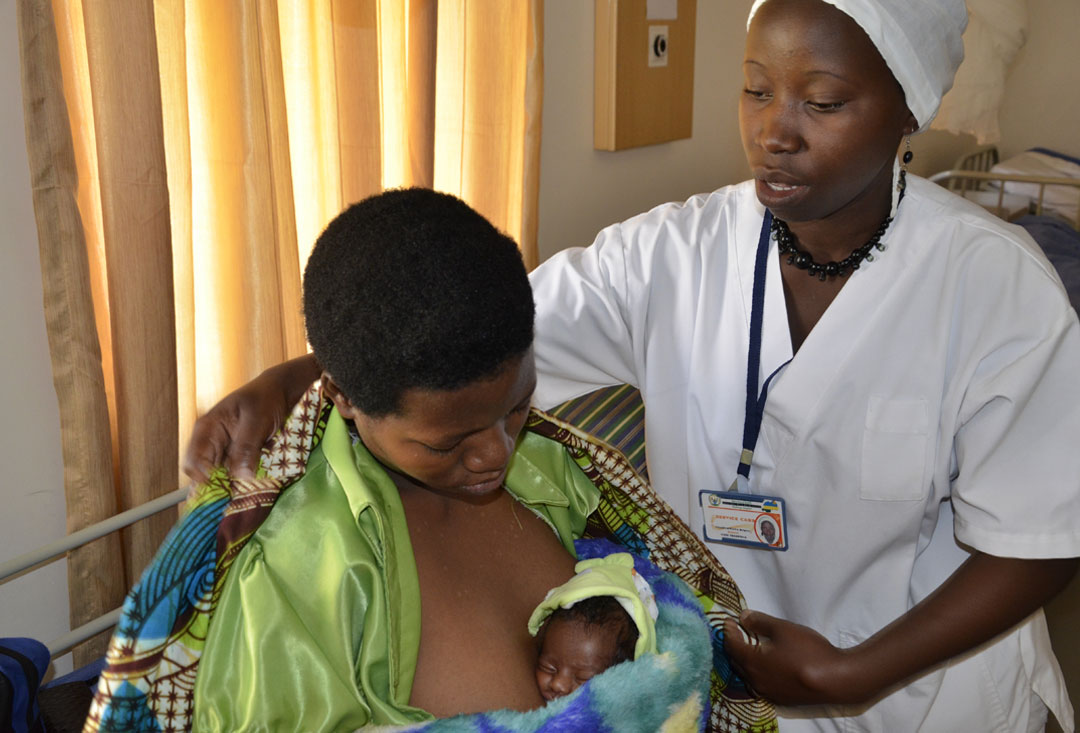About Breastfeeding
About Breastfeeding

Breastfeeding aids in providing a sufficient amount of calories for optimal nutrition and to support the growth of infants. Exclusive breastfeeding helps to keep up the milk production from the mother, therefore children will get more nutrients. Breastfeeding provides children with critical micronutrients, particularly vitamin A, and provides adequate water for hydration.
Breastfeeding has several benefits for the infant and mother. Breastfeeding lowers the risk for infants developing chronic conditions and also promotes intellectual and cognitive development. For mothers, breastfeeding helps to contract the uterus following birth and reduces bleeding, in addition it helps to lower the risk for certain types of cancer.
Initiation of Breastfeeding
- The World Health Organization (WHO) recommends the provision of the mother’s breast milk to infant within one hour of birth.
- The first milk produced by the mother contains colostrum, which is highly nutritious and contains antibodies to protect newborns from diseases. It should not be discarded.
- Early initiation of breastfeeding also fosters bonding between the mother and child.
Exclusive Breastfeeding and Complementary Feeding
- Exclusive breastfeeding within the first 6 months is recommended, with continued breastfeeding up to 2 years of age and beyond.
- After 6 months, breast milk is no longer sufficient to maintain a child’s optimal growth.
- UNICEF and the WHO recommend the introduction of solid food to infants at approximately 6 months of age
- After 6 months, adding complementary foods including protein and vegetables to a child’s diet will help ensure he/she grows properly.
- When mothers are away from their babies, thy should try to ensure that they are fed with expressed breast milk
Expressing milk
Expressing milk means squeezing milk from the breast. When doing so it is important to remember to:
- Have clean hands when expressing milk.
- Use your thumb and the rest of your fingers to make a “C” shape to gently squeeze the breast.
- A gentle breast massage may aid in increasing the free flow of milk.
Maternal diet when breastfeeding
- Breastfeeding mothers generally need more calories to meet nutritional needs and to maintain milk production
- A healthy and diverse diet is recommended, including servings of grains, fruits, vegetables, dairy products, and protein (meat, fish, eggs, and nuts).
- Alcohol should be avoided as it passes from the mother to the infant through breast milk
- Caffeine should be consumed in low to moderate amounts
Risks
- The stunting rate increases around 6 months, following the weaning period.
- In Rwanda, the breastfeeding rate is high at 99%, however only 56% of children aged 6-8 months receive complementary foods, thus increasing the rate of stunting and anemia among children 6-59 months.